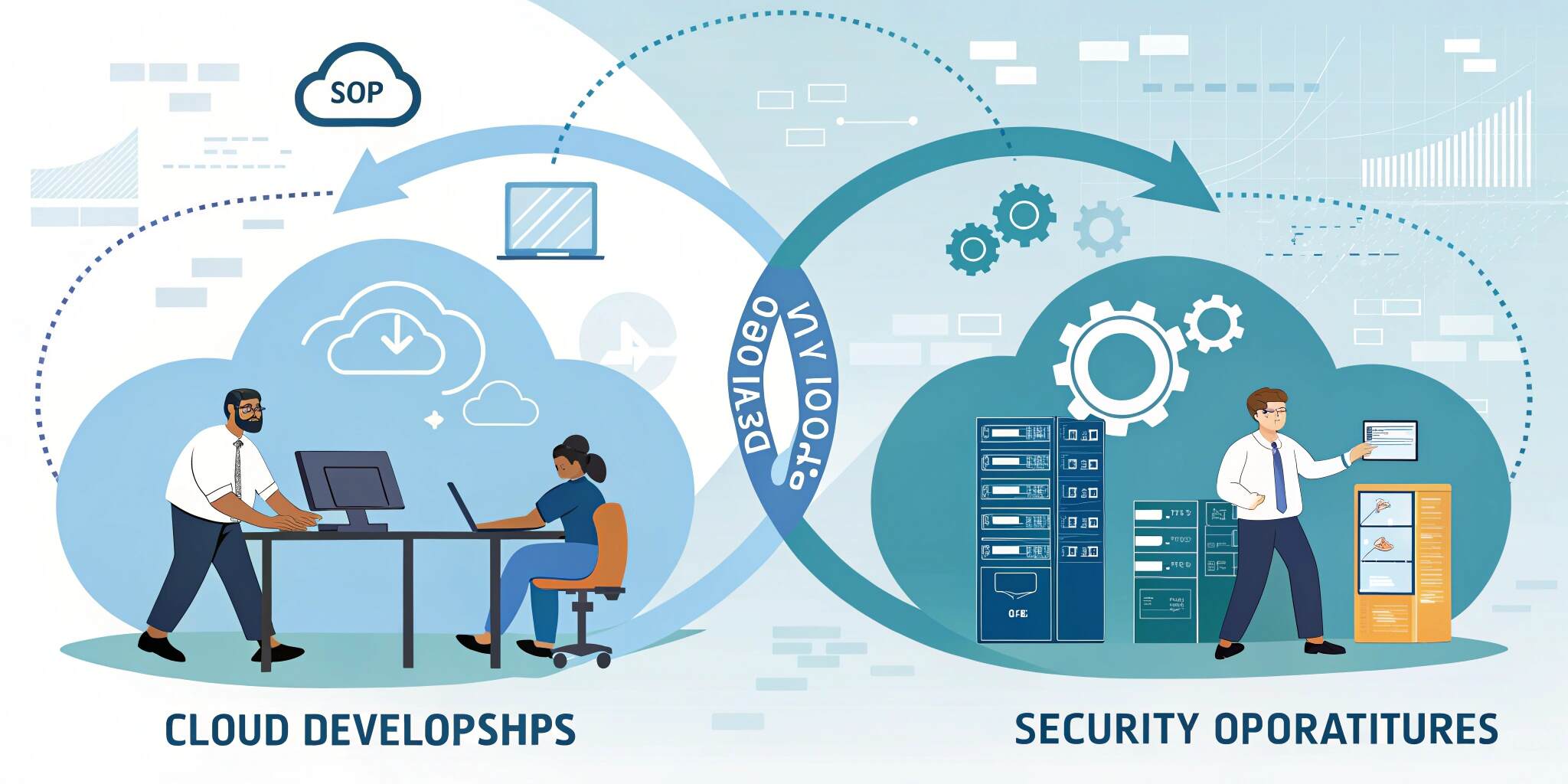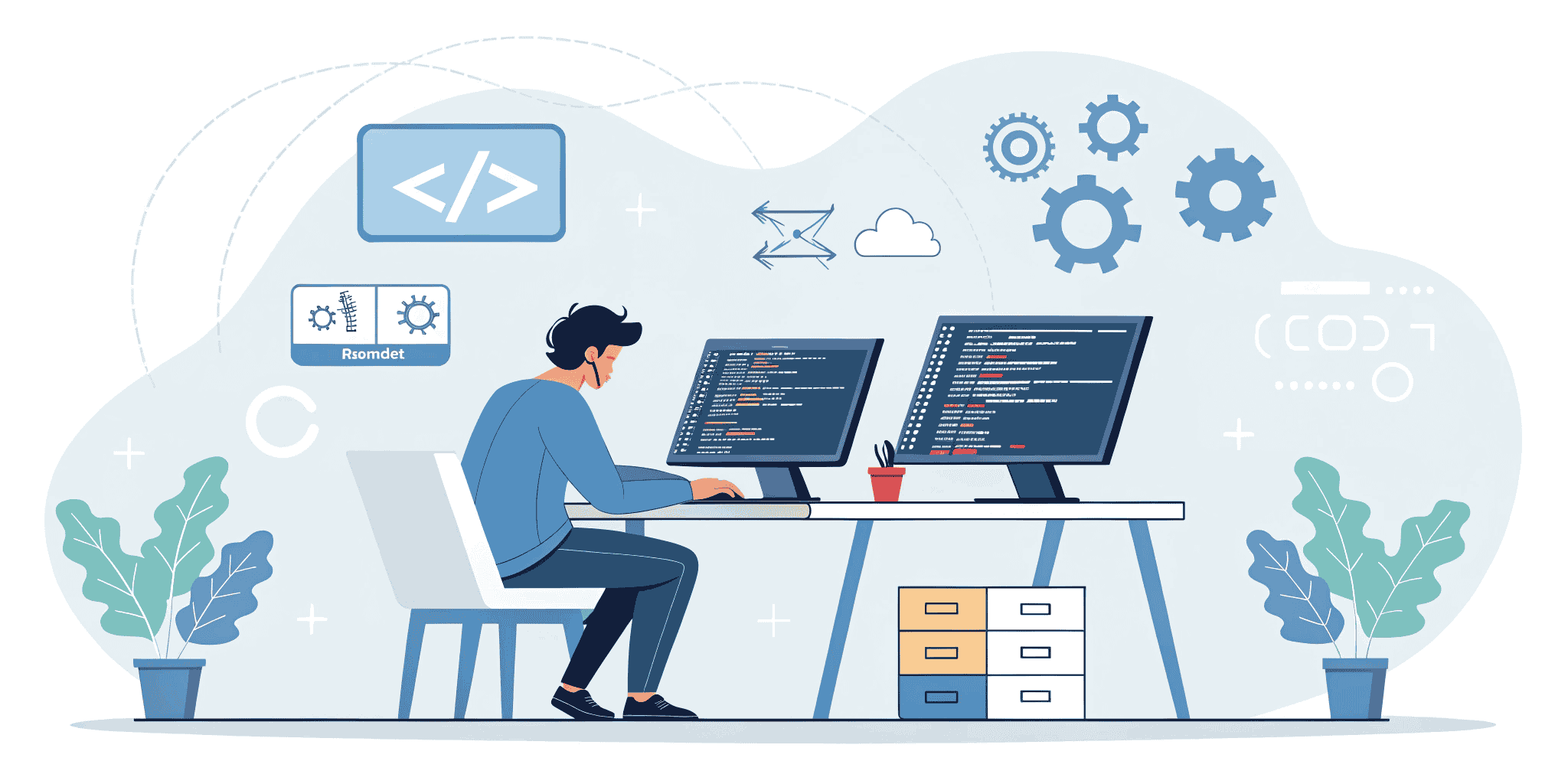The software industry has evolved rapidly, demanding faster releases, improved collaboration, and continuous innovation. Over the past decade, DevOps emerged as the ultimate solution—merging development and operations to accelerate software delivery. However, as the digital landscape becomes more complex and cyber threats more sophisticated, speed alone is no longer enough. This is where DevSecOps steps in, embedding security into every phase of development. In 2025, understanding the balance between agility and protection has become a strategic necessity for every business.
The Foundation: Understanding DevOps
DevOps is more than just a methodology; it’s a cultural transformation that unites development and operations teams. By breaking down silos and fostering collaboration, DevOps enables organizations to deploy applications faster and more reliably. It relies on continuous integration and continuous delivery (CI/CD) pipelines, automated testing, and real-time feedback loops to streamline software development.
The core focus of DevOps lies in agility—speeding up deployment, improving collaboration, and maintaining system stability. It encourages teams to adopt automation tools such as Jenkins, Docker, and Kubernetes to minimize manual intervention and accelerate delivery cycles. This model has helped companies innovate quickly, but in many cases, it unintentionally sidelined one critical component: security.
The Evolution: Why DevSecOps Emerged
As organizations began to scale their DevOps practices, they faced an inevitable challenge—security vulnerabilities that appeared late in the development cycle. In traditional DevOps, security was often treated as a final checkpoint, leading to delays and higher costs when vulnerabilities were discovered after deployment.
DevSecOps evolved as a response to this gap. It extends the DevOps philosophy by embedding security at every stage of development—from initial design and coding to deployment and maintenance. Instead of treating security as a separate step, DevSecOps makes it a shared responsibility for developers, operations, and security teams alike.
This approach ensures that vulnerabilities are detected early, security testing becomes part of automated workflows, and compliance standards are met continuously. It represents a cultural shift from “develop first, secure later” to “develop securely from the start.”
How DevSecOps Strengthens Modern IT Operations
The power of DevSecOps lies in its proactive stance toward cybersecurity. By integrating tools like Snyk, Aqua Security, and SonarQube, organizations can automatically scan for vulnerabilities during development. This eliminates bottlenecks, reduces risks, and ensures compliance with modern regulations such as GDPR and HIPAA.
Moreover, DevSecOps enhances collaboration and accountability across departments. Developers understand security implications while writing code, operations teams deploy with confidence, and security professionals gain visibility into every process. This unified approach accelerates innovation while maintaining protection against cyber threats that target automation pipelines and cloud environments.
The transition also enables continuous monitoring. DevSecOps frameworks include automated threat detection and real-time security alerts, ensuring that vulnerabilities are addressed immediately—even after deployment. This shift to continuous security not only protects sensitive data but also builds trust among clients and stakeholders.
Why Businesses Must Embrace DevSecOps in 2025
In 2025, businesses are operating in an environment defined by rapid digitization and evolving cyber risks. With the rise of cloud-native applications, remote work, and open-source dependency, security threats have become more dynamic and unpredictable.
DevSecOps provides the agility needed to innovate quickly while maintaining robust protection. It reduces financial and reputational risks by identifying vulnerabilities early, cutting down remediation costs, and ensuring compliance with global standards. More importantly, it empowers businesses to deliver secure applications without compromising speed, helping them maintain competitiveness in an increasingly demanding market.
Beyond technology, DevSecOps fosters a mindset shift—transforming security from a bottleneck into a business enabler. Organizations that embed security into their DevOps culture find it easier to gain customer trust, meet compliance mandates, and scale sustainably.
Building a DevSecOps-Driven Culture
Adopting DevSecOps isn’t just about implementing new tools—it’s about changing how teams think. Businesses should start by promoting a security-first culture where every stakeholder feels responsible for protecting digital assets. Automation plays a crucial role here: incorporating static code analysis, vulnerability scanning, and compliance checks directly into CI/CD pipelines.
Training and upskilling are equally important. Developers should be equipped with secure coding practices, while operations teams should understand how to maintain resilient infrastructures. The goal is to make security seamless—integrated so deeply that it becomes invisible yet ever-present.
Conclusion
DevOps laid the foundation for faster, more efficient software development. DevSecOps builds upon it by adding the one ingredient modern enterprises cannot ignore—security. The transition from DevOps to DevSecOps is not a replacement but an evolution, aligning innovation with protection.
In 2025 and beyond, the most successful businesses will be those that recognize this balance—where speed meets safety, and technology grows hand in hand with trust. By adopting DevSecOps, organizations are not only securing their systems but also securing their future.


